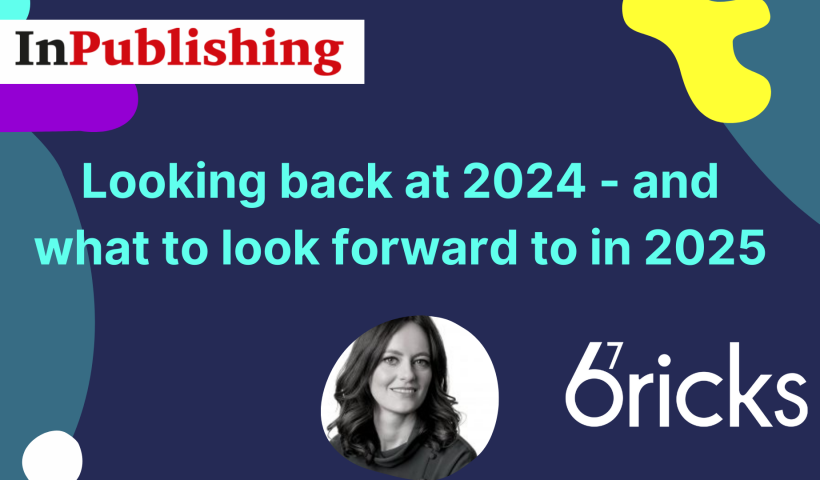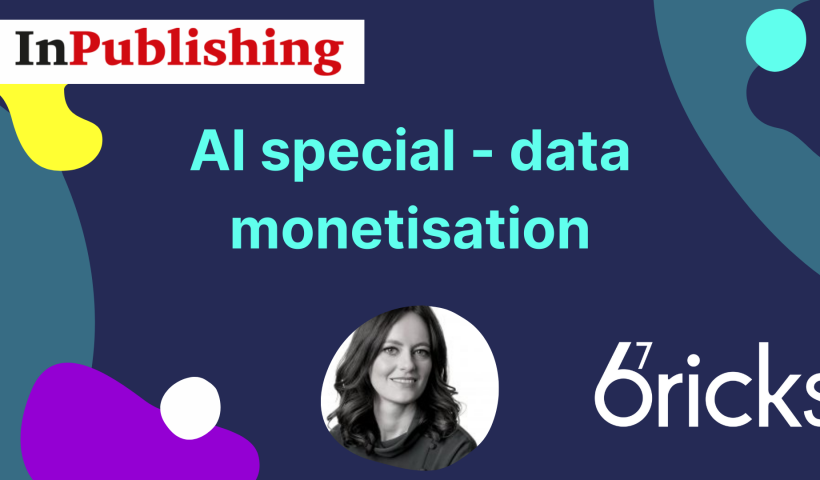Many business operations in the information sector are rapidly becoming digitised and companies are constantly on the hunt for software that can help them achieve their goals. For many, the key decision is whether to buy or build this software. At 67 Bricks, we both build custom software and integrate existing technologies, so we understand the importance of exploring the reasons behind whether our clients should build or buy. Further to that, our experience has shown that what businesses should really be focusing on is what they actually want to achieve, before embarking on the ‘build vs buy’ exploration. That being said, for anyone starting to think about adding to their technology stack, we’ve broken down some of the benefits and drawbacks of building vs. buying software, and how you can make the right call for your business.
Buying software
For certain functions such as accounting, human resources management, project management and customer relationship management, buying pre-built software from a third-party vendor is often the first choice.
One of the prime benefits of buying pre-built software is that it saves time, as the technology has already been developed, tested, and optimized. You can then directly deploy the software without having to develop it from scratch. Another advantage can be initial cost saving, as custom builds can involve larger set-up costs, although the cost of licensing pre-built software over time can sometimes exceed the price of creating something from scratch in the long run. Additionally, pre-built systems allow easy expansion of their operations as they are often designed to accommodate an increase in users and data. Buying software also allows you to access support from the vendor that developed the product to ensure smooth operation.
There are also some drawbacks to consider. One of these is limited customisation. As the pre-built software is designed to meet the needs of a broad range of businesses, it may not be fully customisable to meet individual requirements. You may need to strike a balance between what you absolutely need from pre-built software and how flexible your team can be to use it to its advantage. Our Head of Technical Delivery, Rich Brown, further explains that while buying software, a common wasteful pattern is falling into ‘analysis paralysis’. He adds, ‘Organisations spend far too much time trying to pick “the best” option, when in reality most of them are good enough, picking one and starting to use it will validate suitability much faster than endless analysis’.
Buying software to solve a complex problem will usually require compromises and it depends on how much can you compromise and adapt your internal systems in order to accommodate an off-the-shelf product.
Additionally, while buying the software from an external company, the business becomes dependent on that vendor for any future support and updates which might lead to complications if that vendor goes obsolete. Pre-built software may also be vulnerable to security risks if it’s not regularly updated and well-integrated. This is where partnering with a technology partner, even if you are buying an off-the-shelf solution can be invaluable to minimise the risk of you spending money on a new system which is then poorly integrated into your workflows, or doesn’t speak to your other systems in the ways you need it to.
Building software
Custom software can streamline workflows, reduce duplication of effort, and improve collaboration, leading to increased productivity. The process of building software typically begins with identifying business needs followed by designing and performing tests and gathering customer feedback to ensure that the software functions as intended.
Developing software from scratch provides various advantages for businesses. The foremost is it allows you to fully customise the software according to your requirements and you can shape it to suit your users and company’s needs. Moreover, while building something from scratch, you have complete control over the development process and can make necessary modifications to ensure that the software is in line with your company’s objectives. Additionally, a custom-built application can give a competitive edge by providing distinctive features and functionalities that are not available with pre-built alternatives and are much more user-centred. It also gives you the freedom to develop it in increments and test out early versions with your users.
There are also some challenges to building software. The time and resources required to build a solution from scratch can be significant and the additional costs of labour, equipment and time can become a financial burden for companies attempting this alone. Also, software needs to be maintained over time or else it’ll end up being more of a liability than an asset. Finally, without experienced product management, there can be unexpected delays and setbacks in the development process as it is quite complex and requires careful planning and execution. Companies such as 67 Bricks can support you during the phases of building bespoke software by providing specialised expertise and experience. We work with our clients right from the beginning of the problem identification stage and deliver flagship information products along with access to new technology and tools for the most efficient solution.
Which approach fits your business?
Considering that both building and buying software have their own benefits and drawbacks, it can be confusing to find the most effective solution for your business. Whether to build or buy software then depends on your priorities, budget, goals, timeline and technical expertise. As Rhys Parsons, Senior Developer at 67 Bricks adds ‘Some things are industry standards. You don’t want to build a database from scratch, a word processor or a spreadsheet. Some problems have been solved well already, and a large number of people know how to use the solutions. So if that’s the sort of issue you’re looking to solve, buying ‘off-the-shelf’ might be the right choice’.
However, if you are targeting a specific problem then a standardised solution from the market might not be ideal. Choosing an off-the-shelf solution makes it difficult to deliver strategic change as it offers less control over what is being created. Shelley Allen from Emerald was asked ‘When should you partner instead of buying off-the-shelf’ in a recent webinar with ChronosHub, and she responded – ‘When the development is a strategic one’. Building bespoke software with the help of an experienced partner, such as 67 Bricks, can be a good way to make big changes while ensuring that your internal teams aren’t disrupted in their day-to-day operations. Our Tech Lead, Tim Barclay, adds, ‘ I think it’s really important to be clear about the reasons for building software and to make sure that there is a genuine advantage over buying existing software’.
Trying a blended approach
For many companies, a blended approach may be the best plan. For example, a publishing house may choose to buy an ‘off the shelf’ manuscript solution such as Editorial Manager or ScholarOne, but then build a bespoke content platform to serve their users. Or a BI company may choose pre-built software to deliver CRM while building a bespoke product to deliver valuable content and data to their customers. By isolating each aspect of your workflow, you can assess which parts are best suited to either bespoke or off-the-shelf solutions. This is also something external technology experts can help you to do, providing their experience of different solutions to evaluate which ones will best suit your needs and, importantly, work well together to create a unified experience.
Integration is key
With any approach, success depends on how well you integrate the new systems and tools with your existing technology stack. Poorly integrated systems can lead to data inconsistencies, errors, and delays, which can have a negative impact on productivity, customer satisfaction, and revenue. In some cases, it can even result in security vulnerabilities or regulatory compliance issues. 67 Bricks have expertise in both custom software development and off-the-shelf software integration, so can work with you to ensure that your software systems integrate seamlessly, enabling data to flow efficiently when going for a blended approach. It can be tricky to ensure that various components of the software work well together and provide a cohesive user experience, making it important to start with a clear plan in place along with support from external parties like 67 Bricks if necessary.
Next steps
Essentially, the question every business should be asking before embarking on any software solution is – ‘what are our goals?’ Once you are clear about what you want to achieve, it becomes much easier to decide the best way to move forward. This decision is a strategic one, but you don’t have to make this decision without expert advice. An experienced partner like 67 Bricks can help you to choose the right path and provide support in whatever implementation works best for you. Get in touch with us today and start building your future.


